How We Actually Save Money in the Kitchen
I am sharing 25+ simple and clever ways how we like to save money in the kitchen so you, too, can stretch your dollars.
Who doesn’t like to save money in the kitchen?
I mean with food prices increasing and inflation rising we do see the effects in our wallets and bank account.
In this post, I’ll be sharing a lot of different ways how you can save money in the kitchen. Some may be obvious and others not so much. And some may feel like “pinching pennies”.
But on the whole, it is a mindset. You see, if you can save so much money with little things here and there, it really adds up in the long run. And it’s a process: the more you begin to incorporate frugal living ideas, the more opportunities you will see to save money – not just in the kitchen. The best part is that these tips are also very eco-friendly!
I have even created a FREE downloadable PDF that you can print and tape to the inside of your kitchen cabinets.
This post contains affiliate links, which means I make a small commission at no extra cost to you. You can read my full disclosure here.
How to save money while grocery shopping
This is where a lot of your money-saving begins. Here are some great tips on how to save money in the grocery store:
- Buy sale items: this may be obvious but it’s worth restating it. However, be realistic about what you can store and use up at home. Some 40% of food is being wasted every year in the United States and you don’t want to add to it!
- Shop the bulk food aisle: This is a great option if your supermarket has one. You can bring your own bag or container to save even more money (and packaging).
- Purchase generic: It is always worth checking out prices on store brands. More often than not, the quality is the same as for brand items but for less money.
Saving money on produce
These are some simple ways how to stretch your dollars with produce specifically.
- Seasonal produce: fresh fruits will be a lot cheaper in the summer than what you pay for imported fruits from other countries in the winter. So check prices. You can never go wrong buying from local farmers.
- Check out ugly produce: You can often get good deals on misshapen fruits and vegetables or overripe.
- Buy what’s on sale: Sometimes farmers have a lot of one type of fruit or vegetable and offer their products for less money. If you’re shopping at farmers’ markets, you can often get great bargains at closing time.
- Grow your own: Even if you only have small spaces, you can grow your own food. Squashes, tomatoes, and herbs for example grow very well in containers. If you don’t have a garden or balcony, you can still grow some herbs and greens on your window sill. If you get a good harvest you can even save your own seeds for next year!
- Pick your own: During the season, many farmers let their shoppers pick their own produce. This can be a super fun family activity while you’re saving a lot of money.
- Get fruit or vegetables from neighbors: Many people have more produce than they can eat. Connecting with them is a great way to get free or cheap apples, squash, lemons, and so on.
- Forage: I know this may sound funny to some people. However, I have found tons of elderberries, blackberries, crab apples, plums, and herbs (such as dandelions, nettles, and wild fennel) in our area.

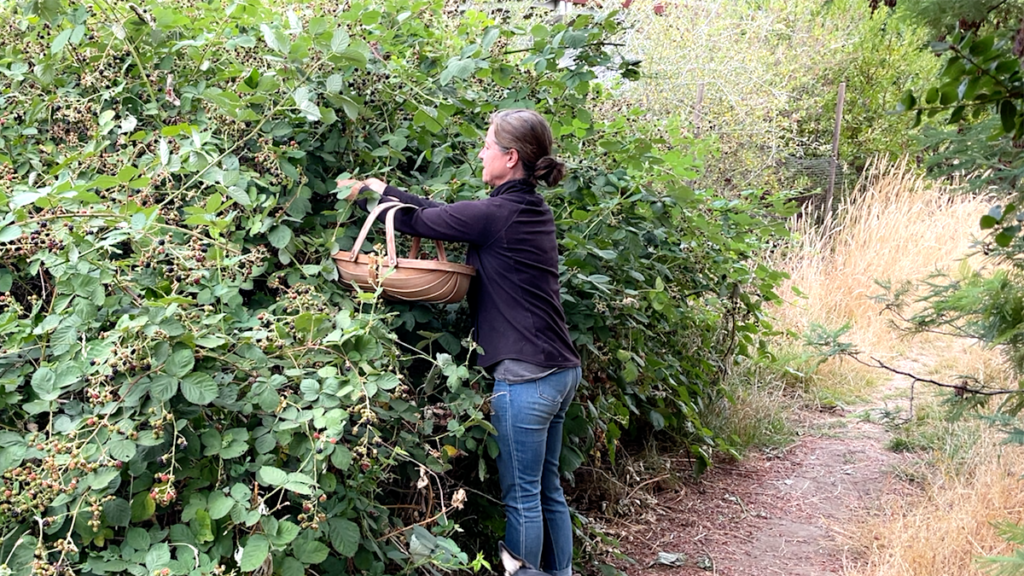
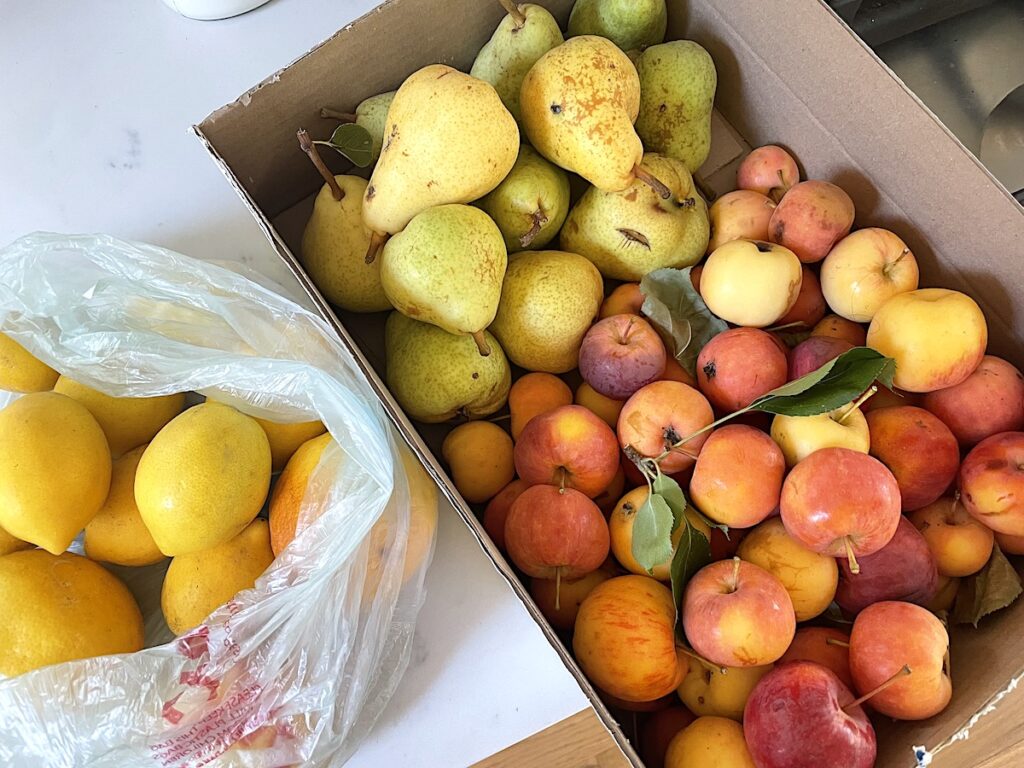
How to save money on meat products
You probably know this already but the average family spends a lot of money on meat. We have been trying to eat a little less meat but when we eat it, we really focus on high-quality (think organic, grass-fed, free-range, and pasture-raised). Here are my favorite ways for stretching our dollars:
- Buy a whole chicken: Not only is that cheaper than buying just the chicken breasts but you also get more meat. Yes, you will have to cook it. Once you have pulled all the meat off, you can make a delicious, nutritious bone broth.
- Purchase meat with bones: The same goes for bone-in meat. And if you don’t like making bone broth, you can always feed them to your dog.
- Focus on less expensive cuts of meat: You pay a much lower price for often very flavorful meat. They are perfect for stewing, braising, or in your slow cooker.
- Stretch meat with beans: Legumes are an affordable option and have a long shelf life. You can often replace meat with beans altogether (think bean burgers). Or you can use less meat and add beans. Many Mexican dishes are perfect for that or soups and stews.
- Eat more eggs: Although eggs have gotten a bad rep in the past, we love them in various ways. They are a cheap source of protein. You can dress up your salad with boiled eggs, make scrambled eggs for breakfast, or use them in casseroles and quiches.
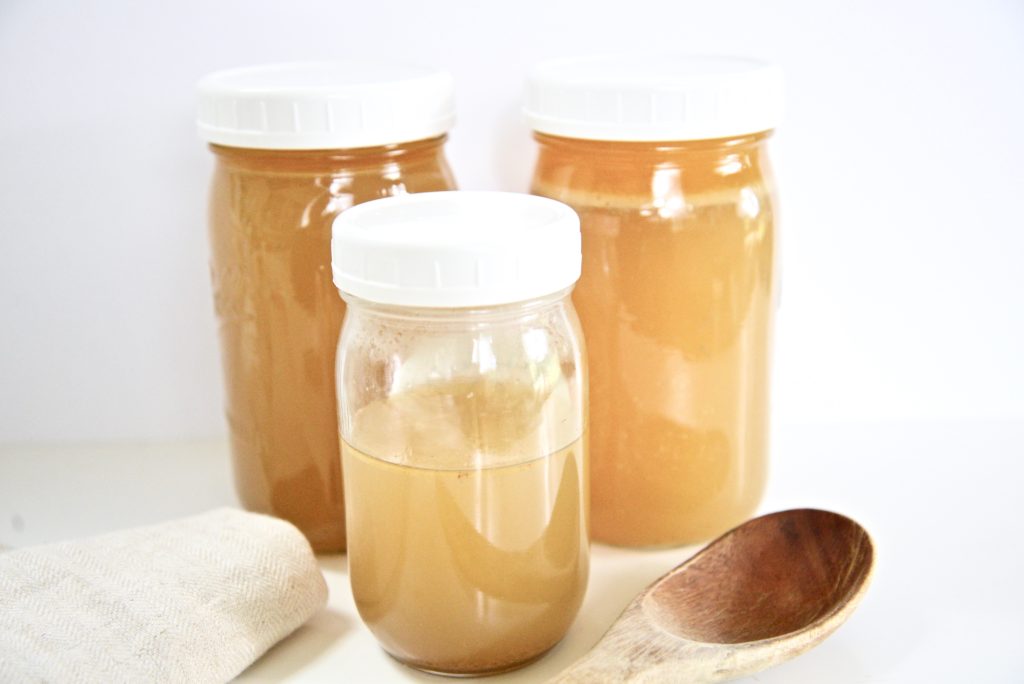
More ways to save money in the kitchen
Here are some more frugal kitchen tips on cutting down on food waste:
Cooking from Scratch
Eating out is expensive. Period. Cooking at home can be a lot of fun, especially if you’re involving all the family members. If you’re new or uninspired, I recommend taking baby steps. Figure out what kind of dishes your family likes and learn how to cook them, one recipe at a time. This would also be a good time to learn how to make salad dressings or homemade granola.
Bake your own bread
There are a lot of reasons why you might want to bake your own bread. If you want to buy quality bread in a store or bakery, you often end up paying at least twice as much as what it would cost you to bake it at home.
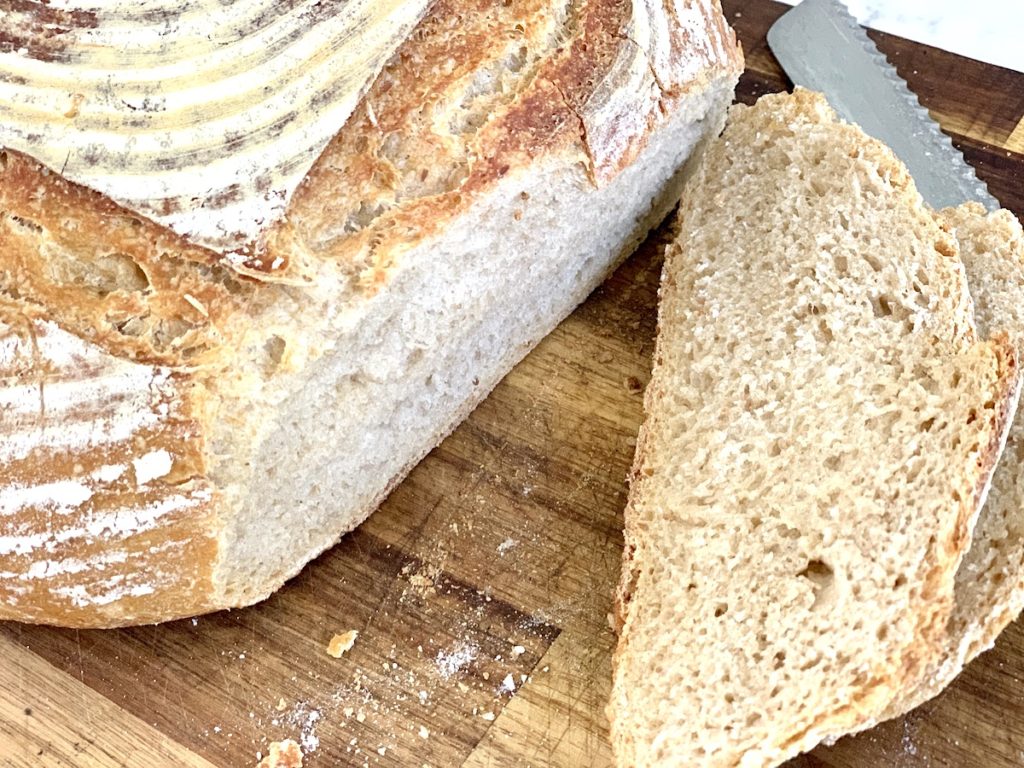
Make your own vanilla extract and vanilla sugar
Did you know that you only need two ingredients to make your own vanilla extract and vanilla sugar? They are super simple to make. You can use them for all your holiday baking. They also make perfect gifts!
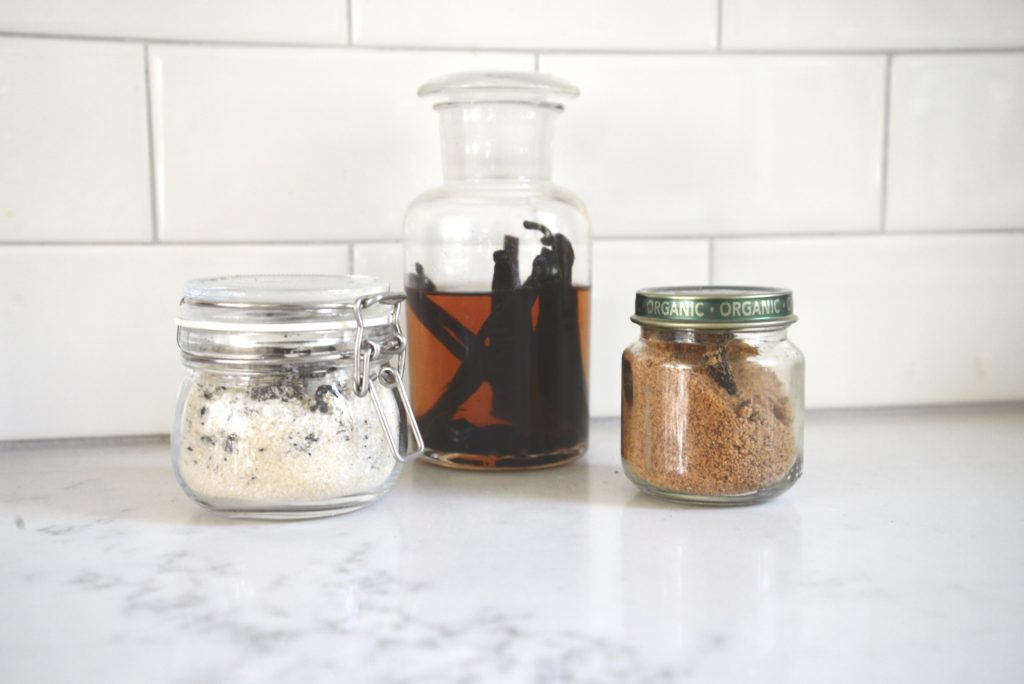
Buy real food
I am sure you have heard this before, too. However, many snack foods or convenience foods end up costing you a lot more money than buying real food. The added benefit is the positive effects on your health in the long term.
Shop with a grocery list
It’s always a good idea to spend a little time to see what you have at home and what food items you really need. That way you only buy what you will really eat.
Looking at expiration dates
Just because an item is past its “best buy” or “sell by” date, doesn’t mean you can’t eat it anymore. Often, this only means that the manufacturer guarantees an item’s quality until then. Sometimes, stores will sell items for a lot less that are close to or past their expiration date. At home, it’s always worth checking your food. More often than not it’s still good for consumption!
Know what’s in your refrigerator
You know the saying: Out of sight, out of mind. It’s easy to forget things that are tucked in the back of your fridge. So make it a habit to inspect your refrigerator often. That way you can eat food before it goes bad.
Make a list of what foods you have in your kitchen
Even though I am not into meal planning, I often have a list of produce I bought. All too often, I tuck something in the veggie drawer, only to forget about it. On a little chalkboard, I may write down ‘lettuce’, ‘carrots’, and ‘cabbage’ so I know what needs to be eaten.
Preserve it for later
You can always freeze, ferment, dehydrate, can, or cook food before it goes bad. Many people buy produce when it’s cheap and can it or freeze it. If you have any leftover herbs, you can chop them and freeze them for later. The same goes for tomato paste, lemon juice, or wine: I like to put any leftovers in ice cube trays. Once frozen, I transfer them to freezer bags.
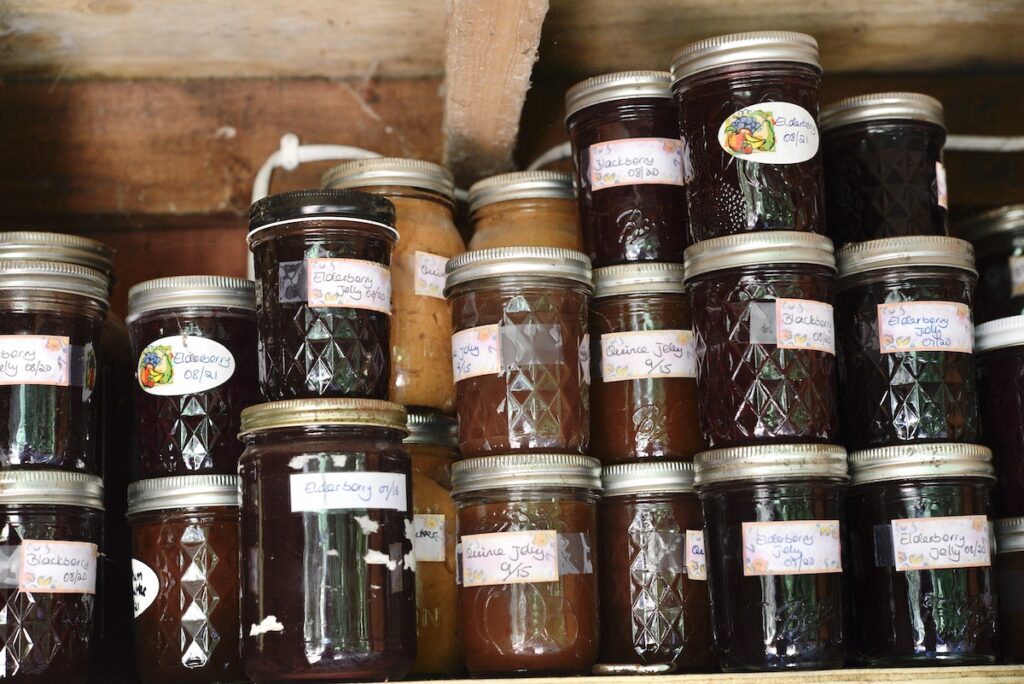
Eat the leaves and stems
Did you know that the tops of carrots and beets for example are not only edible but also delicious? You can make great pestos out of them or sautee them like spinach. Similarly, there is no reason to throw out the stems of broccoli, cauliflower, kale, or cabbage. You can cut them into smaller pieces and cook them normally. If they are a bit more woody than you like, you can boil or steam them and feed them to your dog.
Save vegetable scraps
I love saving veggies scraps such as celery ends and the peels of onion, carrots, potatoes, etc. I simply place them in ziplock bags in the freezer (which I reuse for as long as possible). Then I throw them in whenever I am making broths and stocks.
Using leftovers
I have a reputation for being the queen of leftovers. I like to keep them in glass food storage containers in the refrigerator. That way I can see them and will be less likely to forget them. Also, glass is healthier than plastic.
There are so many creative ways you can throw leftovers together and create new meals. Often, we have 4 or 5 different leftovers on our dinner plates – because they would have gone bad otherwise.
Reusable items
When you store your food items in reusable containers, you’re not only saving money but also cutting down on plastic waste. We love using beeswax wraps for sandwiches, cut-up onions, covering dough bowls and so much more. Even though I know it looks nice to store bulk foods in matching containers, you can also reuse glass jars and bottles from the foods you buy.
This may sound funny to some people but I even save the plastic wrap from produce if I can reuse it. And those rubber bands around your broccoli or asparagus? I save them, too, and never have to actually buy rubber bands.
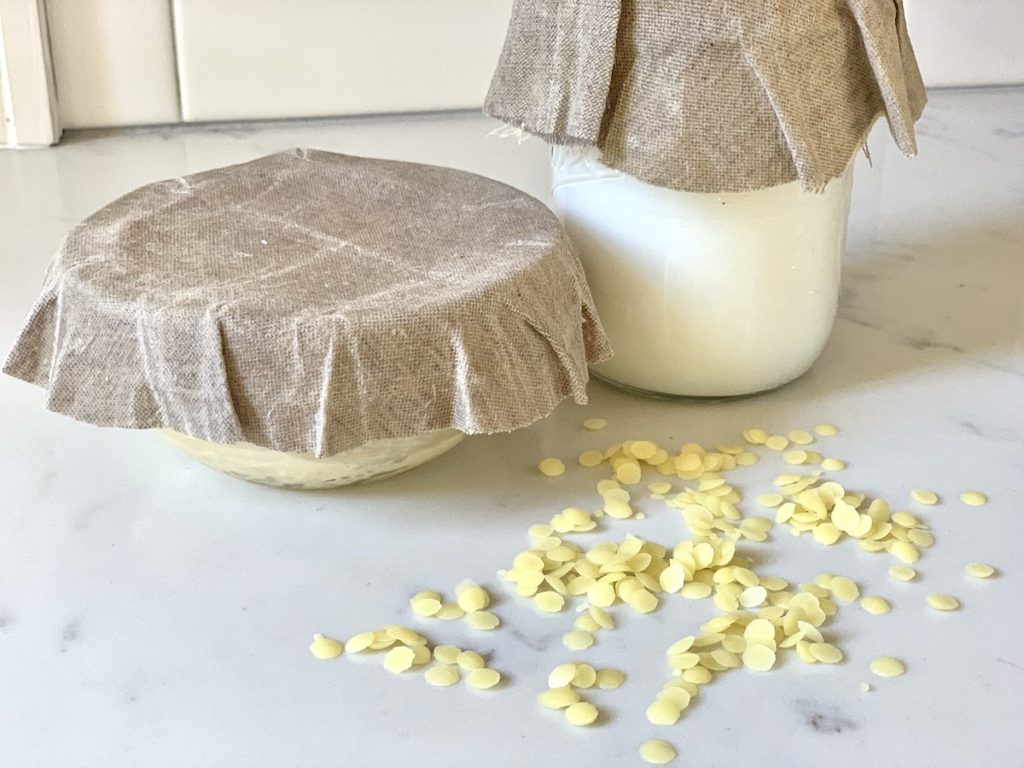
Skip the fancy cleaners
Did you know that you can clean everything just using soap, vinegar, lemon juice, and baking soda? My favorite liquid soap is Sal Suds which is a very inexpensive cleaning concentrate. Once you learn how to make some basic cleaners, you’ll never need to buy fancy cleaning products anymore.
You can download this FREE PDF “25+ ways to save money in the kitchen“, print it, and tape it to your kitchen cabinet until all these money-saving ways have become second nature.
Do you have any other ways how to save money in the kitchen? Let me know in the comments!
Pin For Later:
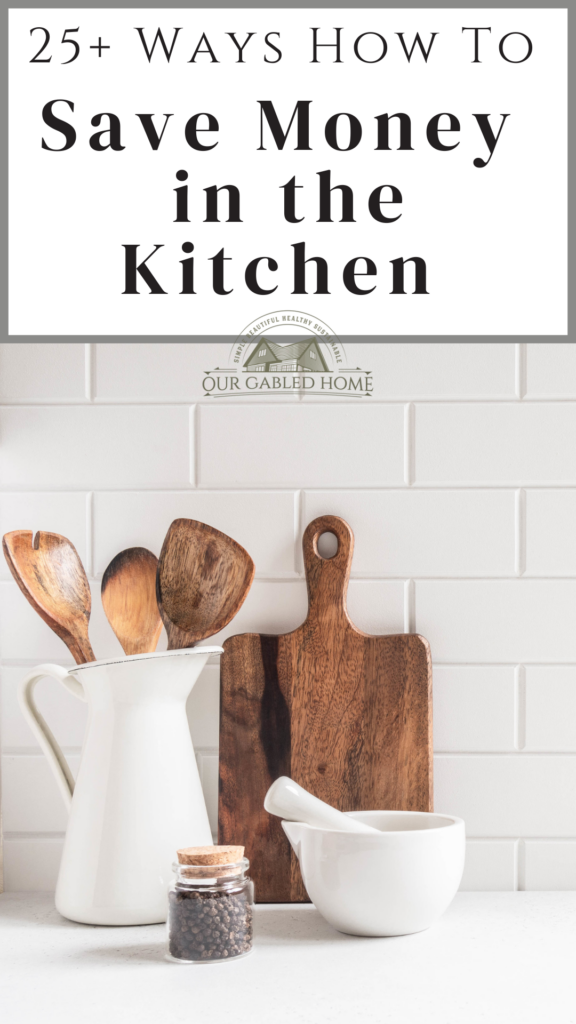

Wow, so many helpful tips! And what a timely topic. As you mention in the beginning of your post, we’ve all seen our grocery bills climb. One of the tips I’m going to focus on first is buying from local producers and sticking to seasonal fruits and vegetables.
Nice, Jenny! Buying local and seasonal is great on so many levels ~ Anja
Wow! Great article! I pinned to reference again later! Thanks for putting this together!
Thank you so much for your sweet comment ~ Anja
This article was very thorough, yet simple and super practical! All of your suggestions were really helpful! These days we can all use some ideas for saving money, especially in the kitchen where it seems to go! Thanks for sharing!
I am so happy to hear you found this helpful ~ Anja
This info is for EVERYONE these days! Thank you for sharing your tips!
Thank you, I am glad you found this helpful ~ Anja
I love your tips. All things I try to employ.
Great, didn’t expect anything else from you, Julie 😉
What a great and informative post!
Thank you, Emily!
Great ideas, thank you very much for sharing 😉
So glad you enjoyed them ~ Anja
Wonderful tips! Baking our own bread and cooking mostly from scratch is how we’re learning to stretch our grocery budget right now.
Yep, those things will save you a lot of money over time ~ Anja